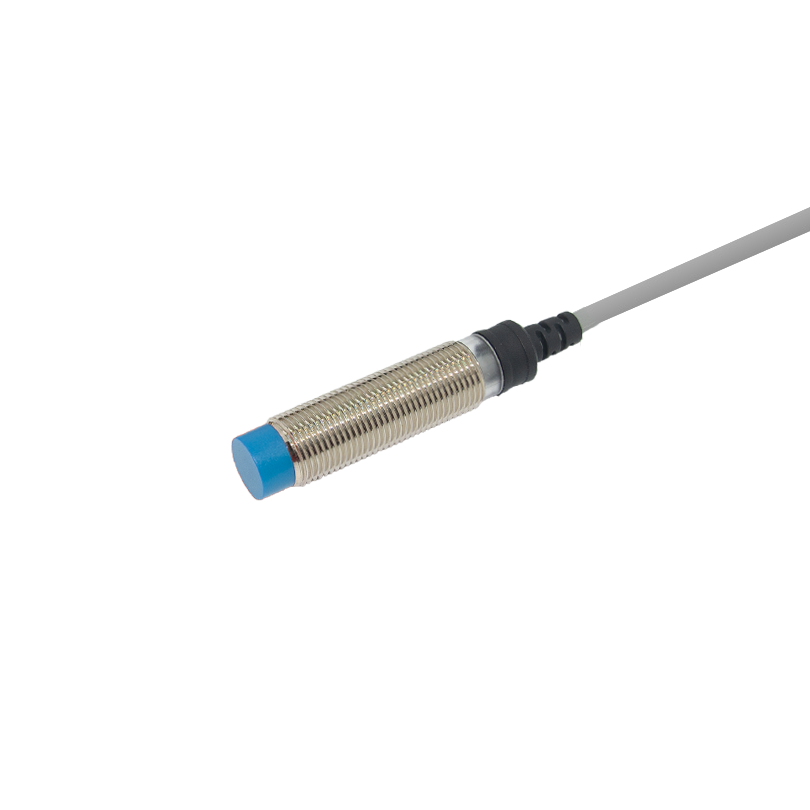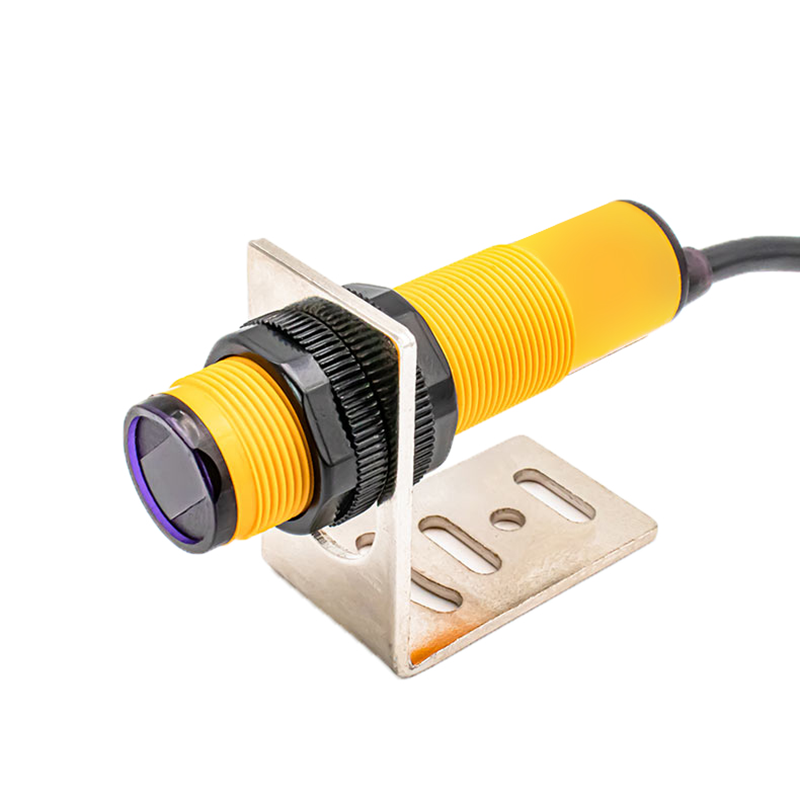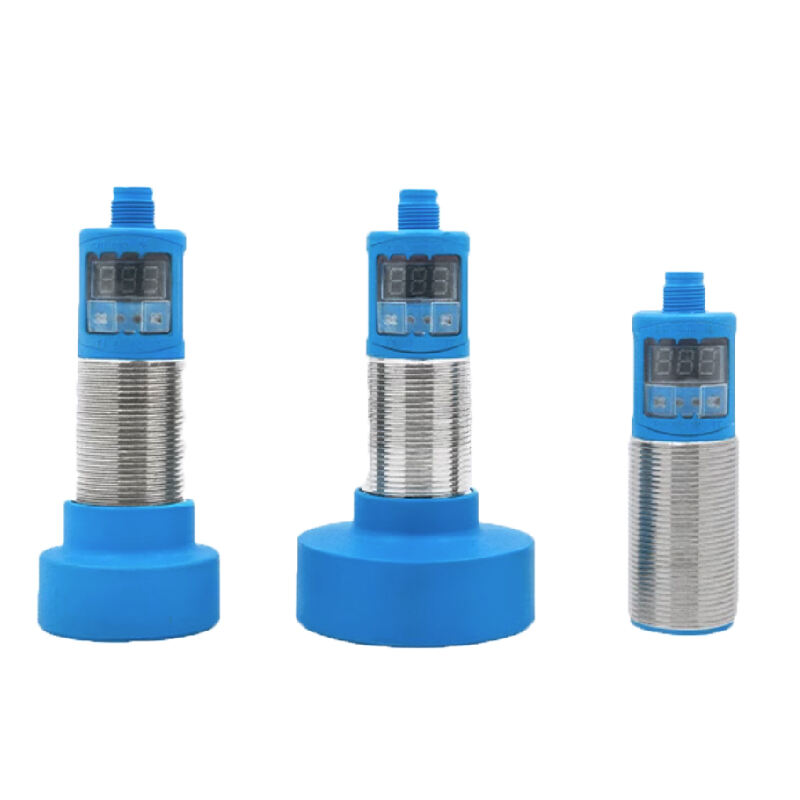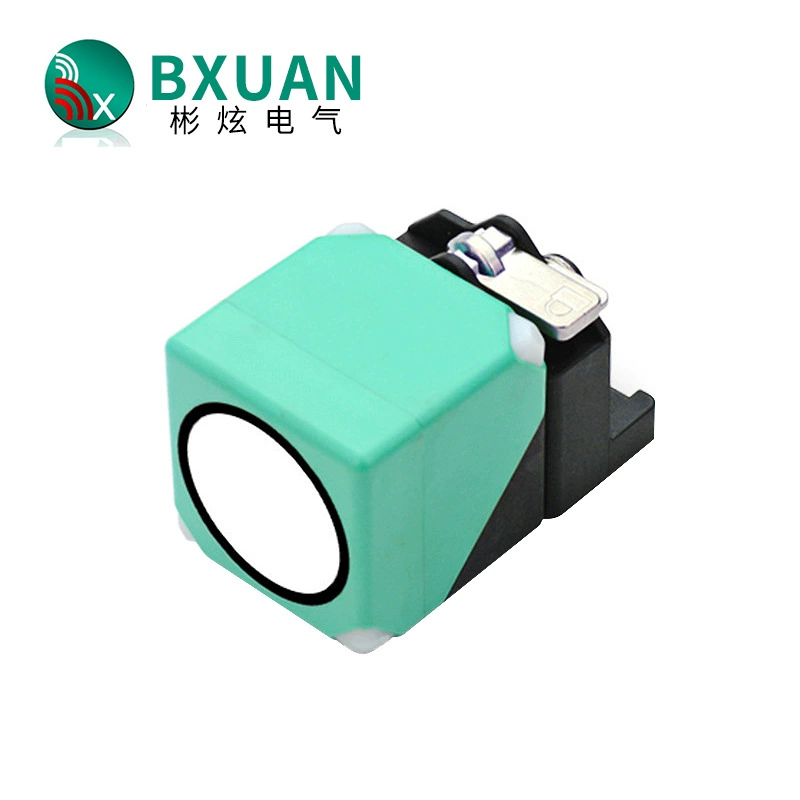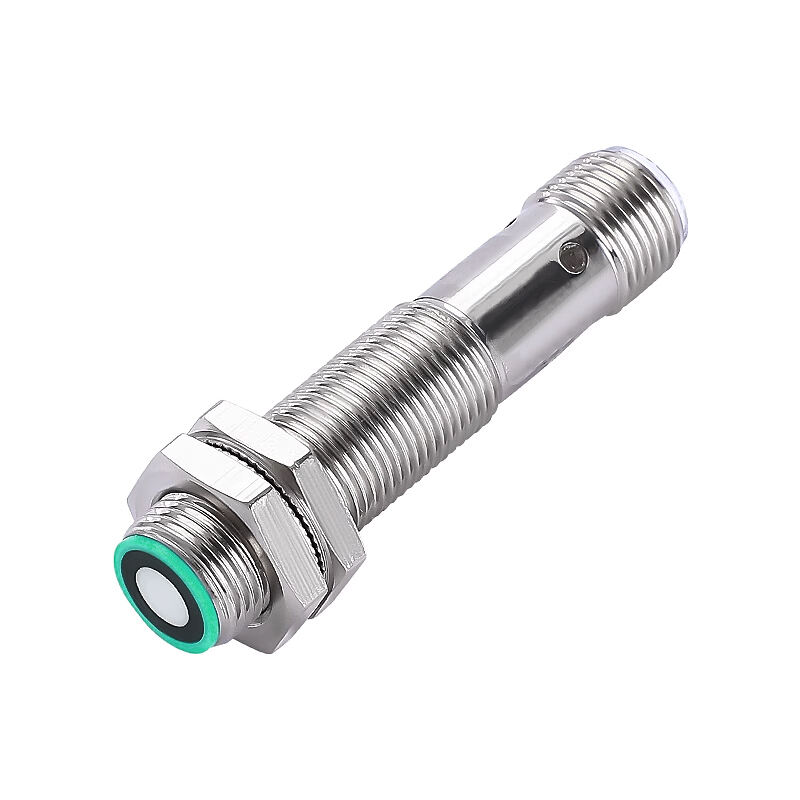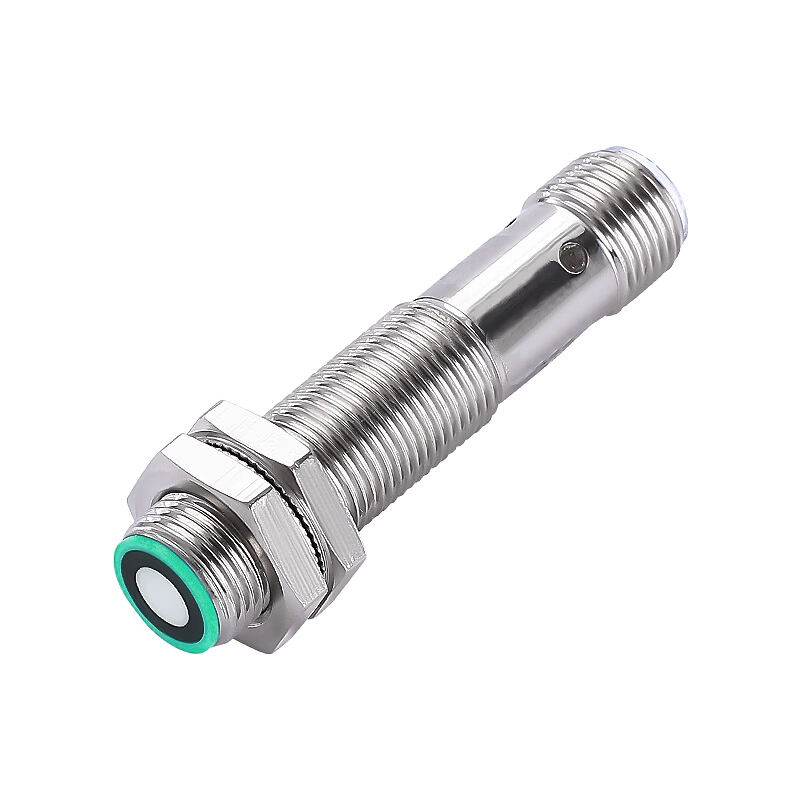ultrasonic sensor for object detection
The ultrasonic sensor for object detection represents a cutting-edge solution in modern sensing technology, operating on the principle of sound wave propagation and reflection. This sophisticated device emits high-frequency sound waves, typically above 20kHz, which travel through the air until they encounter an object. Upon hitting the target, these waves bounce back to the sensor, allowing it to calculate the distance based on the time taken for the round trip. The sensor comprises two main components: a transmitter that emits the ultrasonic waves and a receiver that detects the reflected signals. This technology proves particularly effective in environments where optical sensors might struggle, such as in dusty or poorly lit conditions. The sensor's versatility enables it to detect objects of various materials, including metal, plastic, glass, wood, and liquid surfaces, making it invaluable across multiple industries. Modern ultrasonic sensors often incorporate advanced features like temperature compensation, adjustable sensing ranges, and digital output options, ensuring accurate measurements under varying environmental conditions. Their applications span from industrial automation and robotics to parking assistance systems in vehicles and liquid level monitoring in tanks. The technology's non-invasive nature and ability to operate without physical contact make it an ideal choice for sensitive applications where maintaining sterility or avoiding physical interaction is crucial.

